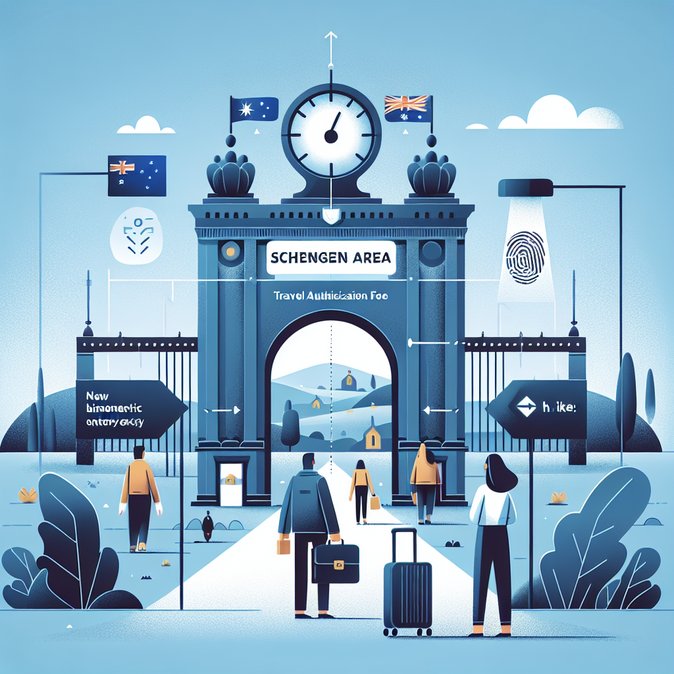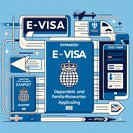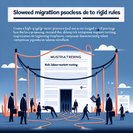
Just months before Europe’s new Entry/Exit System (EES) goes live, the European Commission has sent another jolt to long-haul travellers: a proposal to raise the ETIAS application fee from €7 to €20. The plan, unveiled in Brussels on 31 October, is part of the bloc’s bid to enlarge its pool of “own-resources” revenue for the 2028-34 budget cycle and would apply to all visa-exempt nationals — including approximately 1.4 million Australians who visit Europe each year.
ETIAS, the electronic travel authorisation similar to the United States’ ESTA, is scheduled to become mandatory in late 2026 after a six-month transition. Although the Commission’s fee hike still needs European Parliament and Council approval, officials argue it could net an extra €300 million annually to fund border-management tech and migration programmes. Travellers under 18 or over 70 would remain exempt, but most business visitors fall squarely in the paying demographic.
For Australian corporates, the financial hit is modest at the traveller level (about AU$33), yet sizable in aggregate for companies running frequent-flyer sales forces or multi-stop itineraries across the Schengen Area. Unlike visas, ETIAS is valid for three years or until passport expiry, meaning mobility managers may front-load applications before the price rise if grandfathering clauses emerge during legislative negotiations.
More consequential is the timing: airlines and travel-management companies are already bracing for longer airport dwell times when the biometric EES replaces passport stamping in October 2025. The prospect of a higher ETIAS fee layered on top of that change could push budget-sensitive meetings to the U.K. or Dubai, at least in the short term. Australian exporters attending the 2026 Hannover Messe or Paris Olympics should model the additional cost into T&E budgets now.
Next steps: the proposal will move through the EU’s ordinary legislative procedure, where amendments are likely but a simple-majority vote can seal the deal. Companies should watch for final approval dates and decide whether to batch-file ETIAS applications ahead of any fee increase, while updating traveller comms to avoid last-minute surprises.
ETIAS, the electronic travel authorisation similar to the United States’ ESTA, is scheduled to become mandatory in late 2026 after a six-month transition. Although the Commission’s fee hike still needs European Parliament and Council approval, officials argue it could net an extra €300 million annually to fund border-management tech and migration programmes. Travellers under 18 or over 70 would remain exempt, but most business visitors fall squarely in the paying demographic.
For Australian corporates, the financial hit is modest at the traveller level (about AU$33), yet sizable in aggregate for companies running frequent-flyer sales forces or multi-stop itineraries across the Schengen Area. Unlike visas, ETIAS is valid for three years or until passport expiry, meaning mobility managers may front-load applications before the price rise if grandfathering clauses emerge during legislative negotiations.
More consequential is the timing: airlines and travel-management companies are already bracing for longer airport dwell times when the biometric EES replaces passport stamping in October 2025. The prospect of a higher ETIAS fee layered on top of that change could push budget-sensitive meetings to the U.K. or Dubai, at least in the short term. Australian exporters attending the 2026 Hannover Messe or Paris Olympics should model the additional cost into T&E budgets now.
Next steps: the proposal will move through the EU’s ordinary legislative procedure, where amendments are likely but a simple-majority vote can seal the deal. Companies should watch for final approval dates and decide whether to batch-file ETIAS applications ahead of any fee increase, while updating traveller comms to avoid last-minute surprises.










